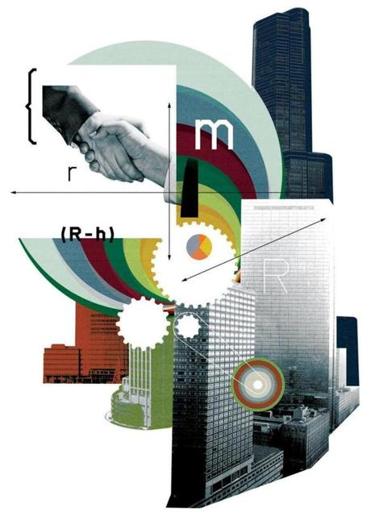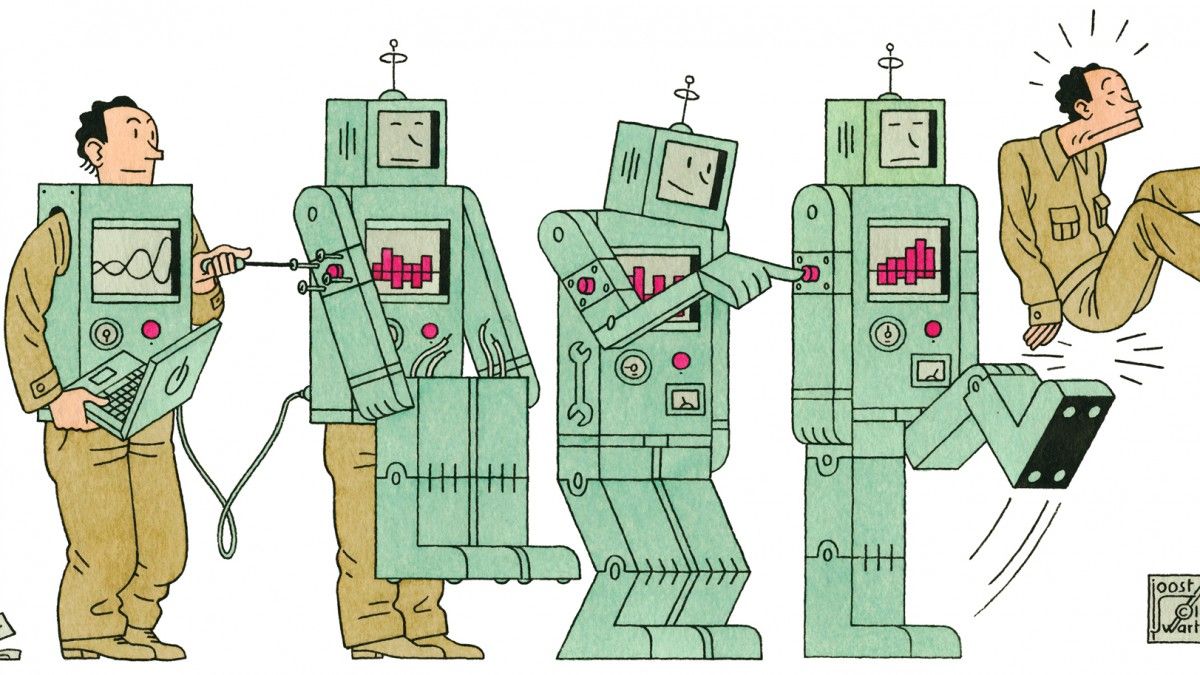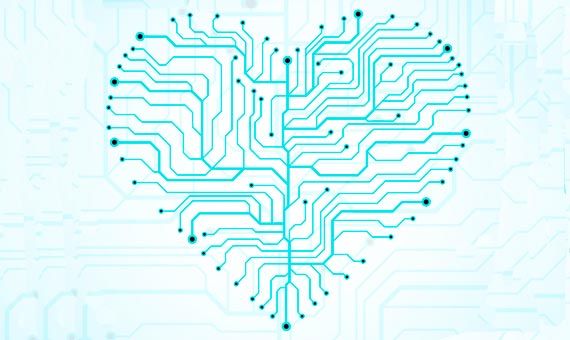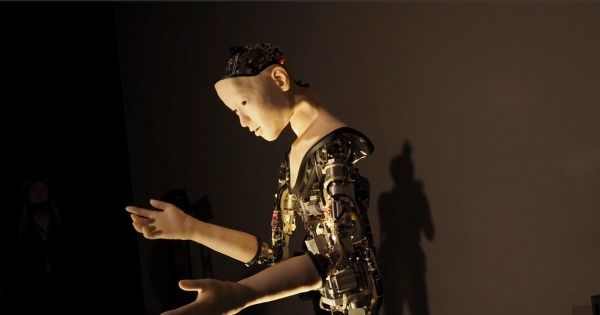Page 10893
Sep 3, 2016
Helping mayors do their job — By Michael R. Bloomberg and Drew Faust | The Boston Globe
Posted by Odette Bohr Dienel in categories: governance, government, innovation
“As more and more people around the world live in cities — nearly two in three Americans already do — how well cities are run will affect the future of the planet in profound ways.”
Sep 3, 2016
Supercomputer Simulates One Second of Human Brain
Posted by Elmar Arunov in categories: biotech/medical, neuroscience, supercomputing
Brain is the most complex biological computing system and performs almost every activity with jet speed and precision. Despite the numerous advancements in the interaction of technology and science, there is no machine that functions as swift as a brain. Nevertheless, the recent experiment by the researchers of Okinawa Institute of Science and Technology Graduate University in Japan and Forschungszentrum Jülich in Germany is a milestone in the history of producing human brain simulations by a computer.
The team of researchers from Japan and Germany have managed to produce the most accurate simulation of a human brain in Japan’s computer. The single second worth of activity in the human brain from just one percent of the complex organ was able to be produced in 40 minutes by the world’s fourth largest computer.
The computer used is the K computer in Japan to simulate human brain activity. The computer has 705,024 processor cores and 1.4 million GB of RAM, but still took 40 minutes to crunch the data for just one second of brain activity. The open-source Neural Simulation Technology (NEST) tool is used to replicate a network consisting of 1.73 billion nerve cells connected by 10.4 trillion synapses.
Continue reading “Supercomputer Simulates One Second of Human Brain” »
Sep 3, 2016
Will Advances in Technology Create a Jobless Future?
Posted by Elmar Arunov in categories: employment, robotics/AI
We’re in the midst of a jobs crisis, and rapid advances in AI and other technologies may be one culprit. How can we get better at sharing the wealth that technology creates?
What is the meaning of affective computing? Are machines able to feel? Find out more about this new concept in this analysis from Ahmed Banafa for OpenMind.
Sep 3, 2016
Scientists look at how A.I. will change our lives by 2030
Posted by Elmar Arunov in categories: health, robotics/AI
By the year 2030, artificial intelligence (A.I.) will have changed the way we travel to work and to parties, how we take care of our health and how our kids are educated.
That’s the consensus from a panel of academic and technology experts taking part in Stanford University’s One Hundred Year Study on Artificial Intelligence.
Focused on trying to foresee the advances coming to A.I., as well as the ethical challenges they’ll bring, the panel yesterday released its first study.
Continue reading “Scientists look at how A.I. will change our lives by 2030” »

Excellent marathon runner, A.I. pioneer or outstanding scientist: who was Alan Turing? Read more here 👉 http://bit.ly/1USRuOF
Sep 3, 2016
Anthrobotics: Where The Human Ends and the Robot Begins
Posted by Elmar Arunov in categories: neuroscience, robotics/AI
The Anthrobotics Cluster seeks to start conversations (and answer questions) regarding some of the biggest topics in AI research. Here, Luis de Miranda, one of the founders, discusses anthrobots and the relationship between humans and machines.
Technology is accelerating at an ever increasing rate. Each year, we develop smaller and smarter systems…systems that allow us to interact with information in ways that previous eras only dreamed about. In fact, given their ability to process, identify, and categorize information—and their uncanny ability to synthesize information and make judgments—many of our systems seem to be developing a true form of intelligence. In this respect, it seems that the dawning age of AI is truly upon us.
But what does this mean?
Continue reading “Anthrobotics: Where The Human Ends and the Robot Begins” »
Sep 3, 2016
Robot “employees” coming to select Lowe’s this fall
Posted by Elmar Arunov in category: robotics/AI

Friday, Sep 2, 2016 4:35 PM UTC
Robot “employees” coming to select Lowe’s this fall.
Continue reading “Robot ‘employees’ coming to select Lowe’s this fall” »
Sep 3, 2016
An Investigation of How Telomerase Cancers can Switch to Become ALT Cancers
Posted by Steve Hill in categories: biotech/medical, life extension
Traditional cancer research is well funded but ALT cancers are not. SENS Research is aiming to raise funds to address this vital gap in our scientific knowledge. Most scary thing of all is that some regular cancers that abuse telomerase can switch to this ALT method to keep growing when telomerase blocking therapies are used.
The paper I’ll point out today is a timely one, given that the SENS Research Foundation’s fundraiser for early stage work on a therapy for alternative lengthening of telomeres (ALT) cancers is nearing its close. There are still thousands of dollars left in the matching fund, so give it some thought if you haven’t yet donated. The search for ways to safely sabotage ALT is a useful, important line of research because blocking telomere lengthening is a path to a universal cancer therapy, those research groups presently working on it are all looking to achieve this goal by interfering in the activities of telomerase, cancers can switch from using telomerase to using ALT, and next to no-one is working on ways to suppress ALT mechanisms. It seems fairly clear based on the evidence to date that the universal cancer therapy that lies ahead, built by inhibiting telomere lengthening, must involve a blockade of both telomerase and ALT. The open access paper below reinforces this point, the authors investigating how exactly cancers switch from telomerase to ALT to maintain their dangerous growth.
Cancer research today has a grand strategy problem. There is only so much funding and only so many researchers, but hundreds of subtypes of cancer. Therapies tend to be highly specific to the peculiarities of one type of cancer or a small class of cancers, meaning that great expense and time leads to a treatment that is only applicable for a fraction of cancer patients, all too often a tiny fraction. Further, since tumors evolve at great speed, any one individual patient’s cancer may find its way out from under the hammer by changing its signature and mode of operation. All is not doom and gloom, however. Consider that the research community could build a therapy applicable to all cancers with little to no modification, where the cost of development would be no greater than any one of the highly specific therapies presently in use and under development. That therapy would be, of course, based on the blockade of telomere lengthening.
Continue reading “An Investigation of How Telomerase Cancers can Switch to Become ALT Cancers” »
















